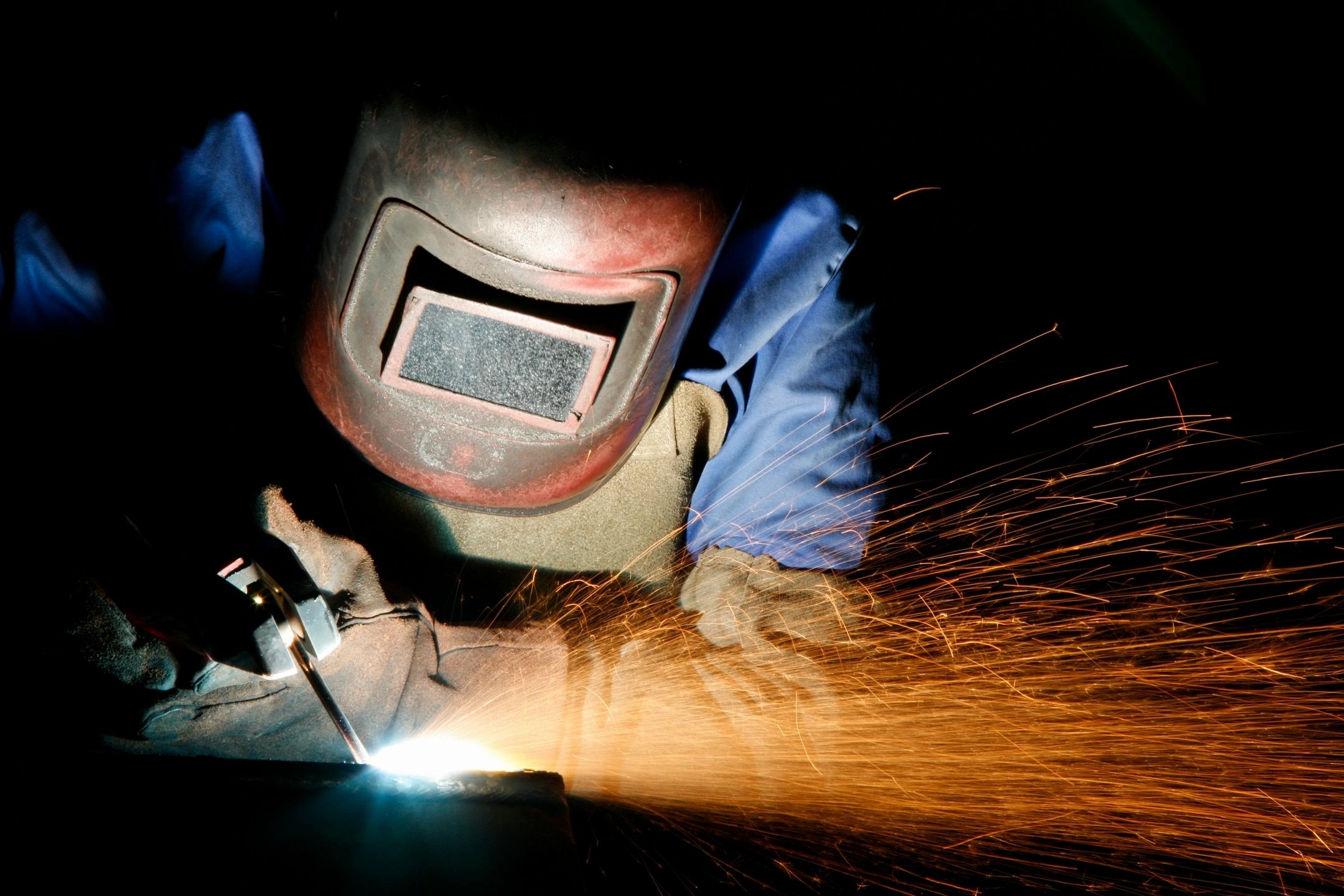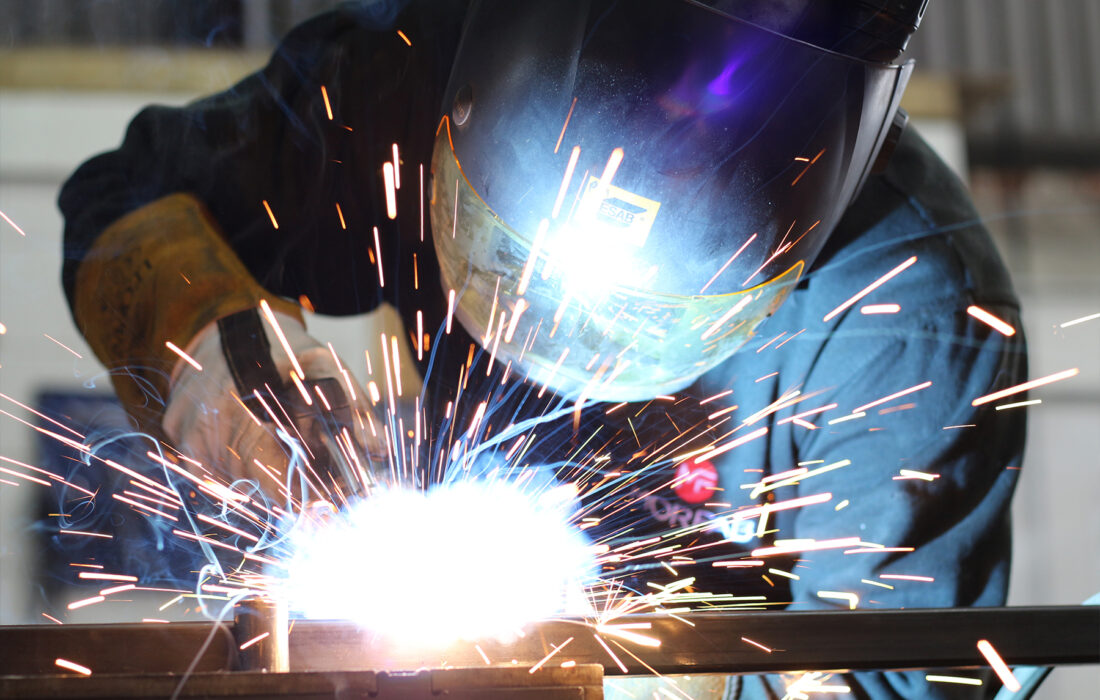Red flags in welding repair and what Belgrade can do about them
All Concerning Welding: Trick Insights Into Techniques and Finest Practices for Success
Welding includes a variety of methods, each suited for specific materials and applications. Understanding these techniques, such as GMAW, SMAW, and TIG, is necessary for attaining perfect results. Furthermore, the best devices and safety and security practices can not be forgotten. As preparation and troubleshooting play crucial functions in the welding process, grasping these components can substantially improve the high quality of the final item. What are the key factors that assure a successful weld?
Recognizing Various Welding Techniques
Welding techniques incorporate a range of methods, each suited to details applications and materials. Among the most common methods are Gas Steel Arc Welding (GMAW), Shielded Metal Arc Welding (SMAW), and Tungsten Inert Gas Welding (TIG) GMAW, additionally recognized as MIG welding, is popular for its rate and convenience, making it suitable for thin products. SMAW, or stick welding, is favored for its simplicity and performance in outside environments, specifically with thicker steels. TIG welding uses precision and control, making it ideal for intricate work and non-ferrous metals (Montana Mobile Welding and Repair Belgrade). Each strategy has its unique benefits and considerations, permitting welders to choose the ideal method based on the job's requirements, product kind, and desired results. Comprehending these techniques is important for successful welding
Crucial Welding Devices and Devices
While different welding strategies need details skills, the best devices and devices are similarly crucial for accomplishing top quality outcomes. Essential welding devices consists of welding equipments, which differ depending upon the strategy-- such as MIG, TIG, or stick welding. Safety equipment, consisting of aprons, headgears, and handwear covers, guarantees safety and security and comfort throughout the procedure. Furthermore, components and clamps help secure materials in position, guaranteeing precision in welds. Consumables like welding rods, cord, and shielding gas are additionally critical parts that influence the top quality of the weld. Additionally, devices such as cutters and mills help with surface area prep work and post-weld completing, contributing to an expert outcome. Purchasing high-grade equipment eventually enhances the effectiveness and efficiency of welding projects.
Security Practices in Welding
Correct safety and security techniques are necessary in the welding sector to safeguard workers from possible hazards. Welders must use proper personal protective tools (PPE), including safety helmets with proper shading, handwear covers, and flame-resistant clothing. Ample ventilation is crucial to minimize direct exposure to dangerous fumes and gases generated during the welding procedure. In addition, workers need to be learnt the right handling of welding tools to stop accidents. Fire safety steps, such as keeping combustible products away from the welding area and having fire extinguishers readily offered, are needed. Normal evaluations of tools and workspaces can assist identify possible dangers prior to they lead to mishaps. By adhering to these safety and security practices, welders can produce a safer working atmosphere and minimize risks related to their trade.
Readying Materials for Welding
Preparing materials for welding is an important step that greatly affects the high quality and stability of the end product (Montana Mobile Welding and Repair Belgrade Fabrication). Appropriate preparation includes cleaning the surfaces to eliminate pollutants such as rust, oil, and dust, which can endanger the weld. Techniques such as grinding, sanding, or utilizing solvents are typically utilized to attain a tidy surface. Additionally, guaranteeing that the products fit together comfortably is important; gaps can lead to weak welds. It's additionally essential to think about the positioning and positioning of the elements, as this will impact the convenience of welding and the final end result. Ultimately, selecting the proper filler product and making sure compatibility with the base steels is necessary for accomplishing solid, sturdy welds
Tips for Getting High-Quality Welds
Attaining high-quality welds requires attention to detail and adherence to best practices throughout the welding process. Appropriate joint preparation is essential, making sure surfaces are clean and free from impurities. Selecting the appropriate filler product and welding technique based upon the base steels is critical for optimal bonding. Preserving regular traveling speed and angle while welding can advertise and stop defects uniformity. Additionally, controlling warm input is crucial; excessive warmth can cause bending and deteriorated joints. Frequently checking the welds throughout the process permits prompt changes if needed. Finally, utilizing ideal post-weld therapies, such as cleansing and stress relief, can enhance the toughness and integrity of the weld, eventually making certain an effective end result.
Fixing Common Welding Issues
Welding often provides difficulties that can influence the high quality and honesty of the last product. Usual problems such as porosity, irregular weld beads, and getting too hot can occur, each needing particular troubleshooting strategies. Recognizing these issues is crucial for welders to improve their skills and attain perfect outcomes.
Porosity Troubles Clarified
Porosity can commonly be overlooked, it remains a crucial concern in welding that can jeopardize the integrity of an ended up product. Porosity describes the presence of little gas pockets within the weld grain, which can lead and damage the joint to early failing. This issue usually emerges from contaminants, wetness, or improper protecting gas protection throughout the welding procedure. To minimize porosity, welders should confirm that the base materials are clean and completely dry, make use of suitable protecting gases, and maintain regular welding specifications. Regularly examining the devices and atmosphere can likewise aid determine prospective problems prior to they materialize in the weld. Addressing porosity efficiently is necessary for accomplishing strong, resilient welds that satisfy high quality standards.

Irregular Weld Beads
Inconsistent weld grains can substantially impact the quality and toughness of a finished product. Various elements contribute to this problem, consisting of inappropriate travel rate, incorrect amperage settings, and irregular electrode angles. When the welder moves as well that site swiftly, a grain might appear narrow and lack penetration, while moving too slowly can trigger extreme buildup. In addition, utilizing the wrong amperage can result in either damaging or extreme spatter, both of which compromise weld integrity. The welder's technique, such as inconsistent torch movement, can additionally bring about uneven bead look. To minimize these troubles, welders need to concentrate on keeping consistent, controlled movements and guaranteeing proper tools settings to achieve harmony in their welds. Consistency is key to accomplishing reputable and strong welds.
Getting Too Hot and Bending Issues
Too much warm during the welding process can result in substantial overheating and warping issues, affecting the structural integrity of the work surface. These issues usually show up as distortion, which can endanger placement and fit-up, making additional assembly testing. Variables adding to overheating include the selection of welding parameters, such as voltage and take a trip rate, in addition to the kind of product being welded. To alleviate these problems, welders must maintain regular traveling speed and appropriate heat input while keeping track of the work surface temperature level. Furthermore, preheating or post-weld warmth therapy can assist reduce anxieties triggered by quick cooling - Montana Mobile Welding and Repair Belgrade Welding. Routine assessment and adherence to finest practices are vital in avoiding overheating and making certain the durability and dependability of welded structures
Frequently Asked Concerns
What Are the Profession Opportunities in the Welding Market?
The welding industry supplies diverse occupation opportunities, including placements as welders, teachers, designers, and inspectors. Professionals can operate in manufacturing, construction, aerospace, and automotive sectors, taking advantage of solid demand and competitive incomes in different functions.
Just How Can I Improve My Welding Speed Without Giving Up High Quality?
To enhance welding rate without compromising high quality, one must practice reliable methods, preserve devices, maximize setups, and enhance hand-eye coordination. Normal training and seeking comments can also substantially add to achieving quicker, top quality welds.
What Accreditations Are Available for Welders?
Countless certifications exist for welders, consisting of those from the American Welding Society (AWS), the National Facility for Building Education And Learning and Research (NCCER), and numerous industry-specific organizations. These credentials boost employability and show skill effectiveness.
Just How Does Welding Impact the Residences of Metals?
Welding influences the residential or commercial properties of steels by altering their microstructure, which can bring about adjustments in toughness, firmness, and ductility. Warm input and air conditioning prices during the process considerably impact these product qualities.
Can I Bonded Dissimilar Metals Together?
